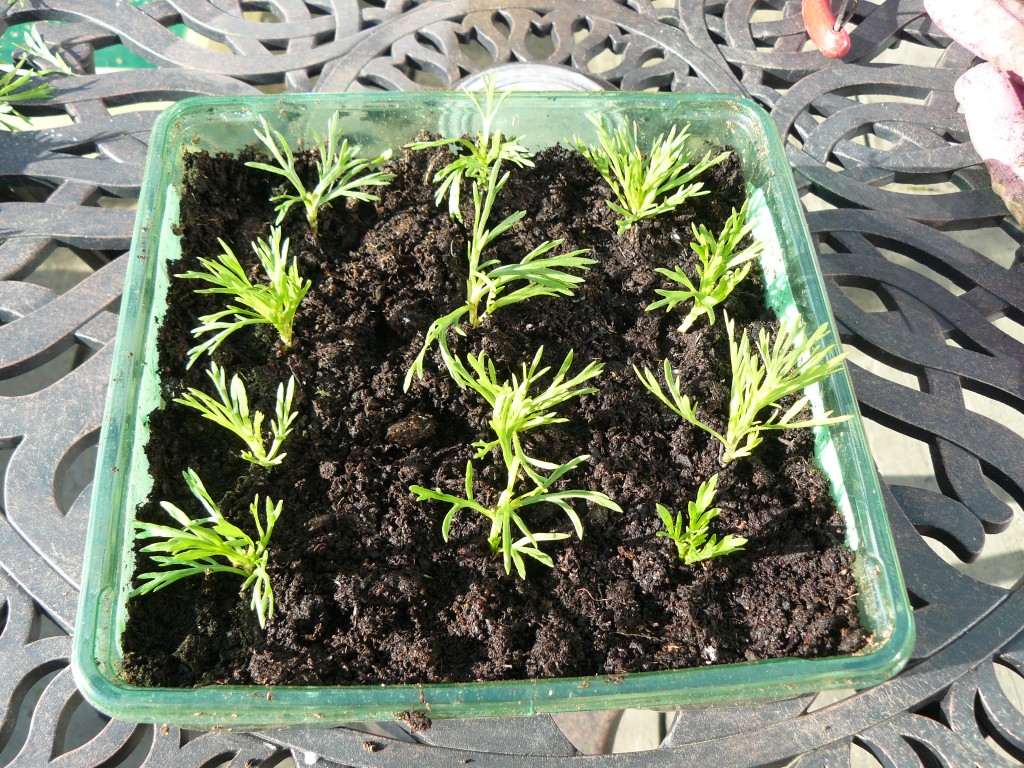There’s a good chance you’ve bought a poinsettia for Christmas, either for yourself as a must-have addition to your Yuletide decorating, or for a friend or family member as a gift to brighten their day. Florists, garden centres and supermarkets are full of them in the run up to Christmas, and most of us can’t resist buying one.

Unfortunately, they have a bit of a reputation of being hard to care for – I have a friend who is delighted if hers lasts a week!
But follow 3 simple rules and your poinsettia should thrive through Christmas, and beyond.
- Keep it warm and out of draughts
- Give it bright light (but not direct sunlight)
- Keep the soil moist, but don’t overwater it!
What is a poinsettia?
The poinsettia (Euphorbia pulcherrima) is a member of the spurge family. It is native to Mexico and parts of central America, where it grows as a perennial shrub, reaching heights of 10–12 feet. Cuttings from the native plant were sent to the USA in 1828 by the first US Ambassador to Mexico, physician and botanist Joel Roberts Poinsett, and they have been widely cultivated across the globe ever since.

Poinsettias have small yellow flowers at the centre of showy coloured bracts (leaves). There are now over 100 cultivated varieties with various coloured bracts, including white, pink and marbled, but the red poinsettia remains the most popular choice in the UK at Christmas.
Poinsettia care: 3 top tips
Keep it warm and out of draughts. Poinsettias like a constant warm temperature of 15–22oC. Many shops put the plants near their doorways to tempt you to buy them on the way in or out, but this is the worst possible place for them in the UK, because fluctuations in temperature below 12oC (i.e. every time the door opens) will stress the plant; as a result, it will start to drop its leaves. This may well be the reason why so many plants struggle once you have brought them home, as they’ve already been stressed in the shop.
At home, you can put your plant near a radiator but make sure you keep it away from draughty areas like doorways, open windows and fireplaces.
Poinsettias also prefer humid conditions, so if you are keeping your plant in a very warm place, it is a good idea to mist it with water from time to time.
Give it bright but indirect light. Poinsettias prefer light to shady conditions, but direct sunlight can scorch the leaves. This shouldn’t be a problem in winter, but don’t put the plant on a south-facing windowsill in summer.

Keep the soil moist but not overwatered. Poinsettias do not like a lot of water. Try not to let the root ball dry out completely, but it is even worse to leave the plant sitting in water. If you do, the roots will rot and you’ll end up with a dead plant.

If you’re not sure how much water to give your plant, I’d lean towards it being too dry. It seems to work for me. I wait until the top layer of soil has dried out before giving it a small amount of water, making sure that there is no excess water at the bottom of the pot.
Check the leaves regularly – if they are starting to curl or wilt, or they are dropping off, then you will need to adjust your watering regimen.
I’ve read that poinsettias prefer ‘soft’, warm water, but mine gets water out of the tap (which is both hard and cold), and it hasn’t seemed to do it any harm.
Poinsettia care after Christmas
Sadly, once poinsettias start to lose their colour towards the end of January, most are resigned to the rubbish or compost bin.
They don’t have to be thrown away though. They make a lovely house plant for the rest of the year and, with a bit of special attention, can be coaxed into turning red again in time for next Christmas.

Here are a few tips to help your poinsettia thrive.
- Continue providing it with appropriate warmth, light and water (as above).
- In spring (April), reshape the plant by cutting the stems back to 4–6 inches; be careful to avoid the milky sap that will ooze from the cut stems, as it can cause skin irritation.
- When new growth starts to appear, feed the plant monthly with a high potassium fertiliser, such as tomato feed.
- As the plant grows, repot it into a bigger pot using a decent compost that provides good drainage; adding grit to the compost can help with drainage.
How to turn the leaves red in time for next Christmas
The bracts turn red by a process called photoperiodism, which means that they need a short day length (less than 12 hours of light) for about 8–10 weeks. The easiest way to reduce your plant’s exposure to light is to keep the poinsettia in a room that gets no artificial light from September onwards.
If that’s not possible, place your plant in the dark for about 14 hours every day (6pm to 8am), either in a warm cupboard or by blocking out the light with a cover. Make sure it gets a normal amount of light for the remaining 8 hours a day.
I gave this a go for a couple of weeks in early December, and the bracts did start to turn red. I didn’t start the process early enough this year, so I’m going to try again next year from September onwards.

#PoinsettiaChallenge2023
So, here’s my challenge. Don’t throw out this year’s poinsettia. Give it some TLC and join me in trying to keep it going through to Christmas 2023, and have a go at turning the leaves red again. Share your results on Facebook and Twitter using the hashtag above, and let’s see if we can give this year’s poinsettias a second chance of Christmas glory.





